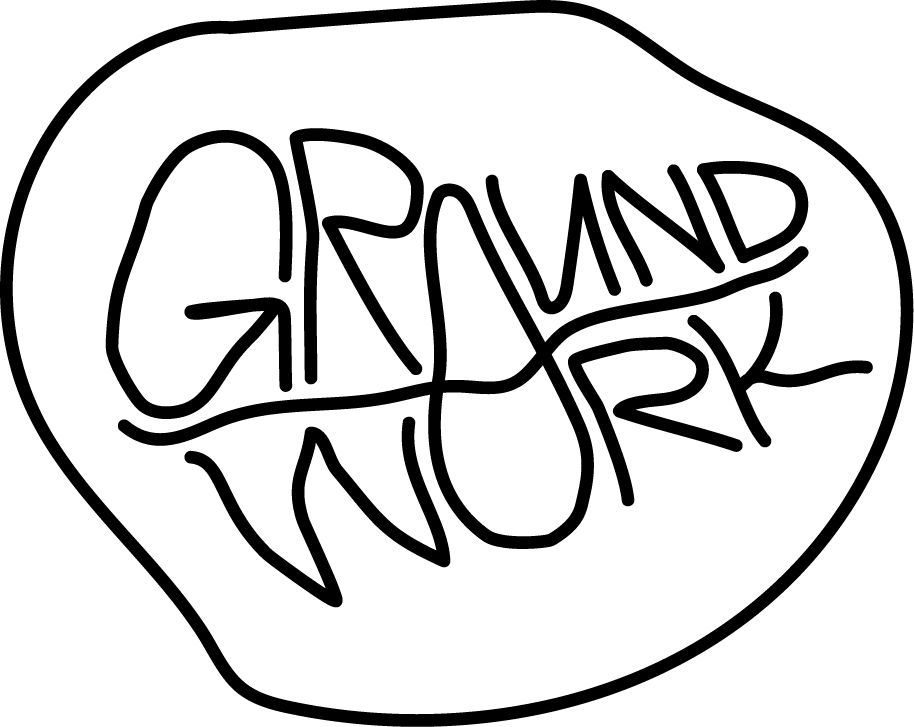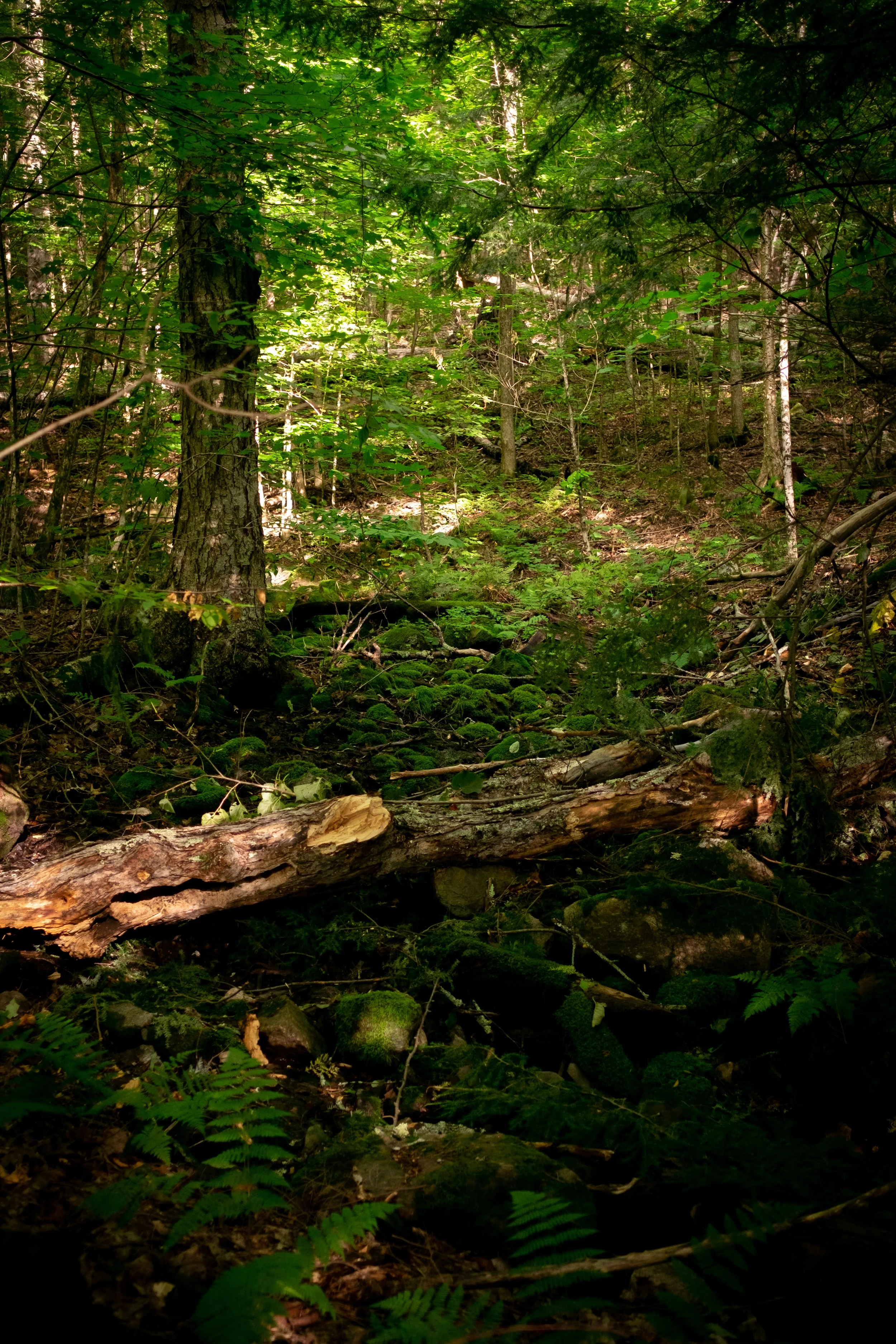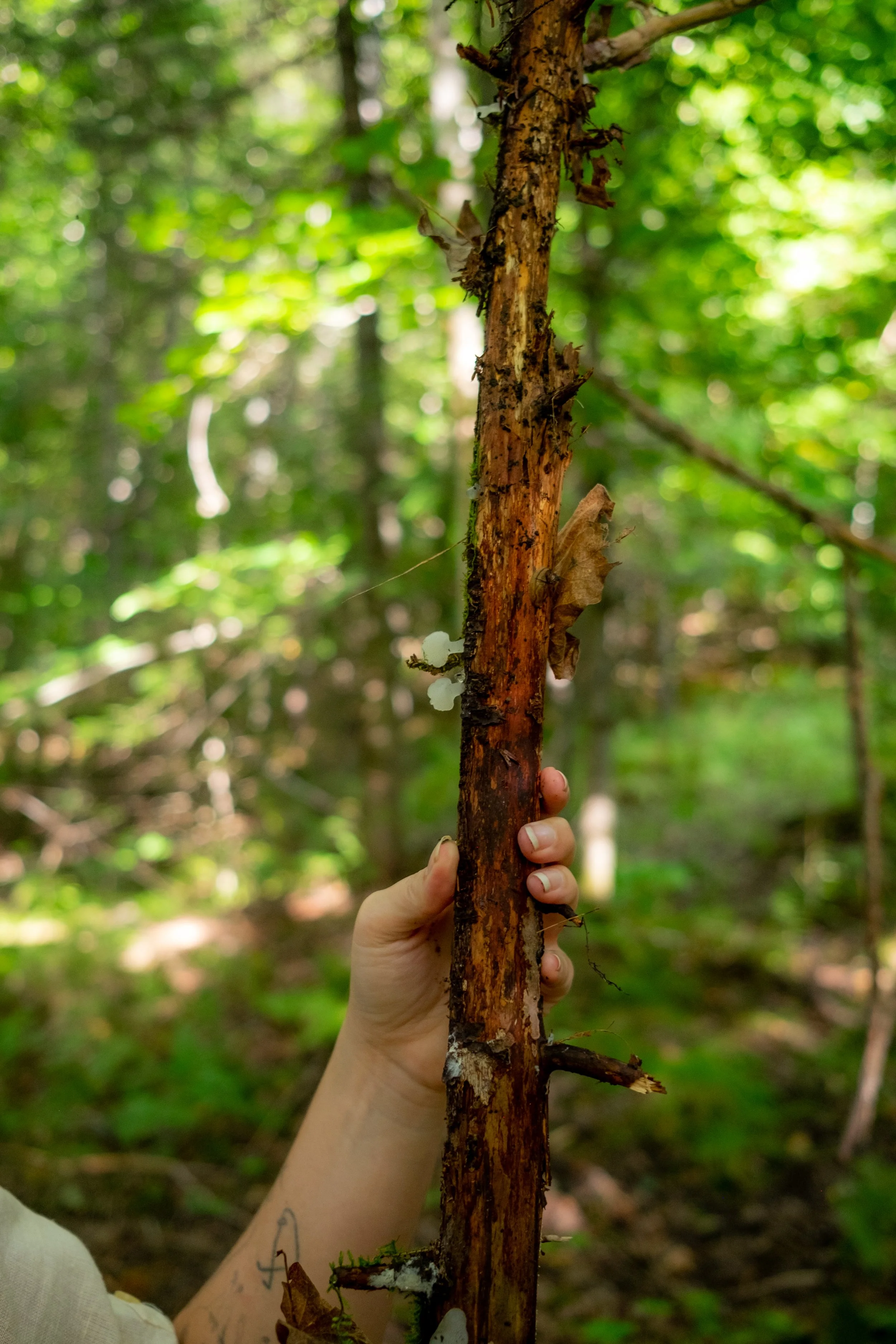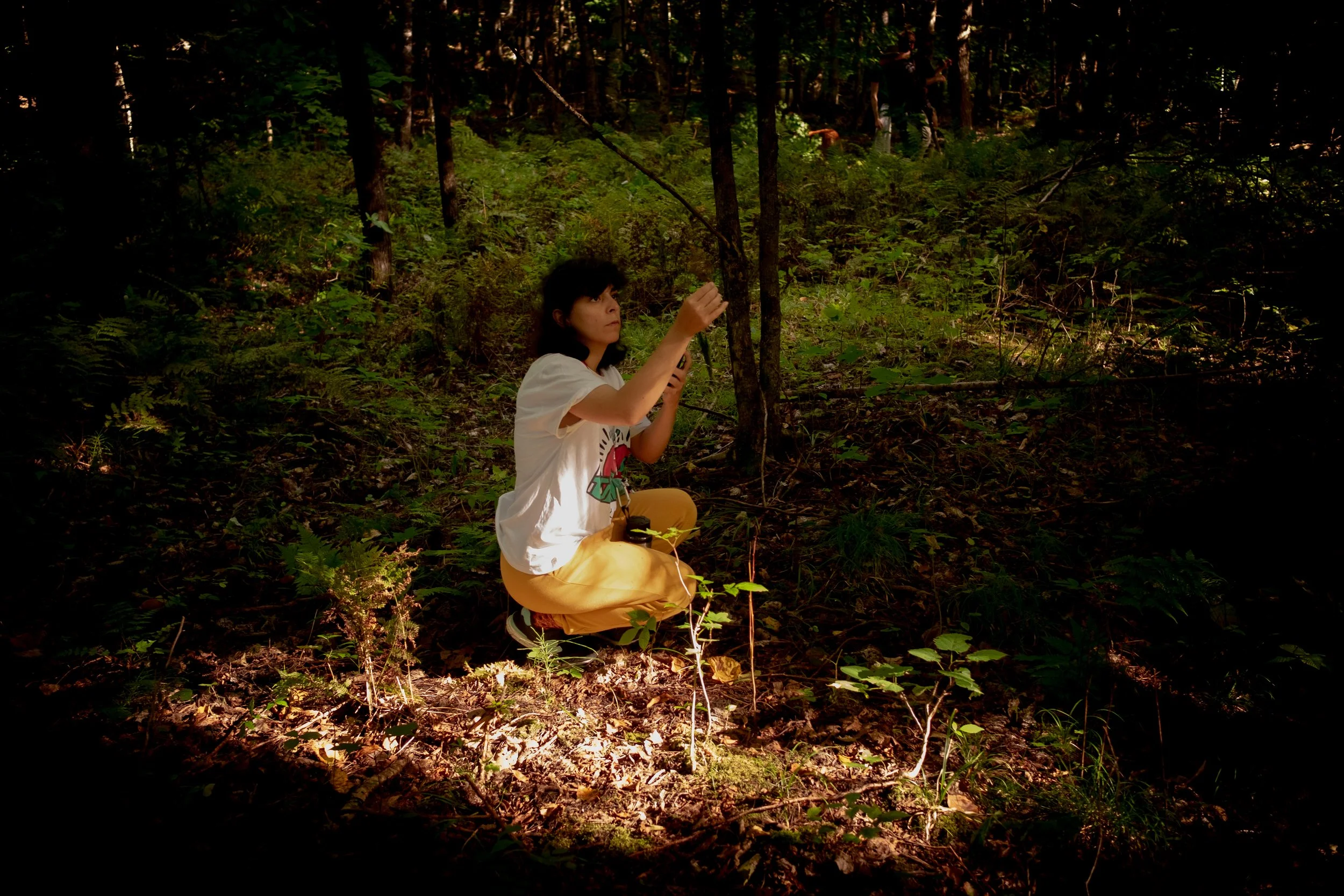Intelligent Terrain
Between 2021 - 2022, I worked with the team at UKAI Projects on designing, facilitating, and the comprehensive delivery of Intelligent Terrain, a place-based arts residency exploring Artificial Intelligence through the themes of body, land, and migration on a regenerative farm, Ferme Lanthorn, in Wakefield, Quebec (Canada). This residency is the first year of many more to come where artists are engaged directly in land-based learning, cooperation with the activities at the farm, and generating digital and material works in relationship to the landscape and the surrounding communities. My past research in vernacular architecture and craft of building, recent learnings from permaculture, and close to a decade in digital-material experience design, enabled me to create the framework of this residency, build relationships with locals in Wakefield, invest in capacity and small infrastructure, and facilitating a transformative experience for the artists and the farm owners in Intelligent Terrain's first iteration. This work, a joint effort with the rest of UKAI Projects, is an extension of UKAI Projects digital strategy to make visible obscured digital systems and create art in service to cultures for what's coming. As we anticipate a world facing climate damage, rising authoritarianism, and failure of centralized infrastructures, working towards solutions that are local-first, globally-connected, tangible, and resilient ensure us that the communities we care for can in turn care for us.
In the design and delivery of Intelligent Terrain, a set of ecological metaphors was leveraged to reimagine arts and cultural production utilizing Artificial Intelligence towards climate and ecological repair. In turn, the invited artists-in-residence are directed to research possible ways to interrogate digital representation, algorithmic systems, and internet censorship as they learn from the landscape.
Team:
Jerrold McGrath, Luisa Ji, Kasra Goodarznezhad, Maria Simmons
Calendar:
2022, the 5th full moon to the 9th full moon
Funded by:
Canada Council for the Arts
In collaboration with:
Ferme Lanthorn, Wakefield QC
Just as we inhabit our physical bodies, we inhabit landscapes and live within and from them. We have seen the impact of failing to acknowledge our entanglement with natural systems. From stone tablets to silicon chips, intelligent machines are not further away from the land than an engraved piece of stone. To varying degrees, we are organized by our landscapes, and how might land inform the development and responses to AI? How might we change the focus of surveillance from monitoring and control to understanding the relationships among people and environments? How might traditional knowledge and stewardship underpin ethical AI?
According to legal scholar and member of the Chippewa of the Nawash First Nation John Borrows, in oral and visual cultures, law flows from the people and from the natural world and is reflected in the artistic and physical world. To imagine ourselves as disentangled from our landscapes creates the conditions for the evacuation of these spaces. How might an ethic of stewardship, centered in natural environments, suggest developmental pathways for AI and responses to its excesses?
Three artists-in-residence were invited to join Intelligent Terrain and embed their respective practices centred in land, body, and migration in response to broader questions of algorithmic culture, automated systems, and the underlying technologies of abstraction and extraction.




